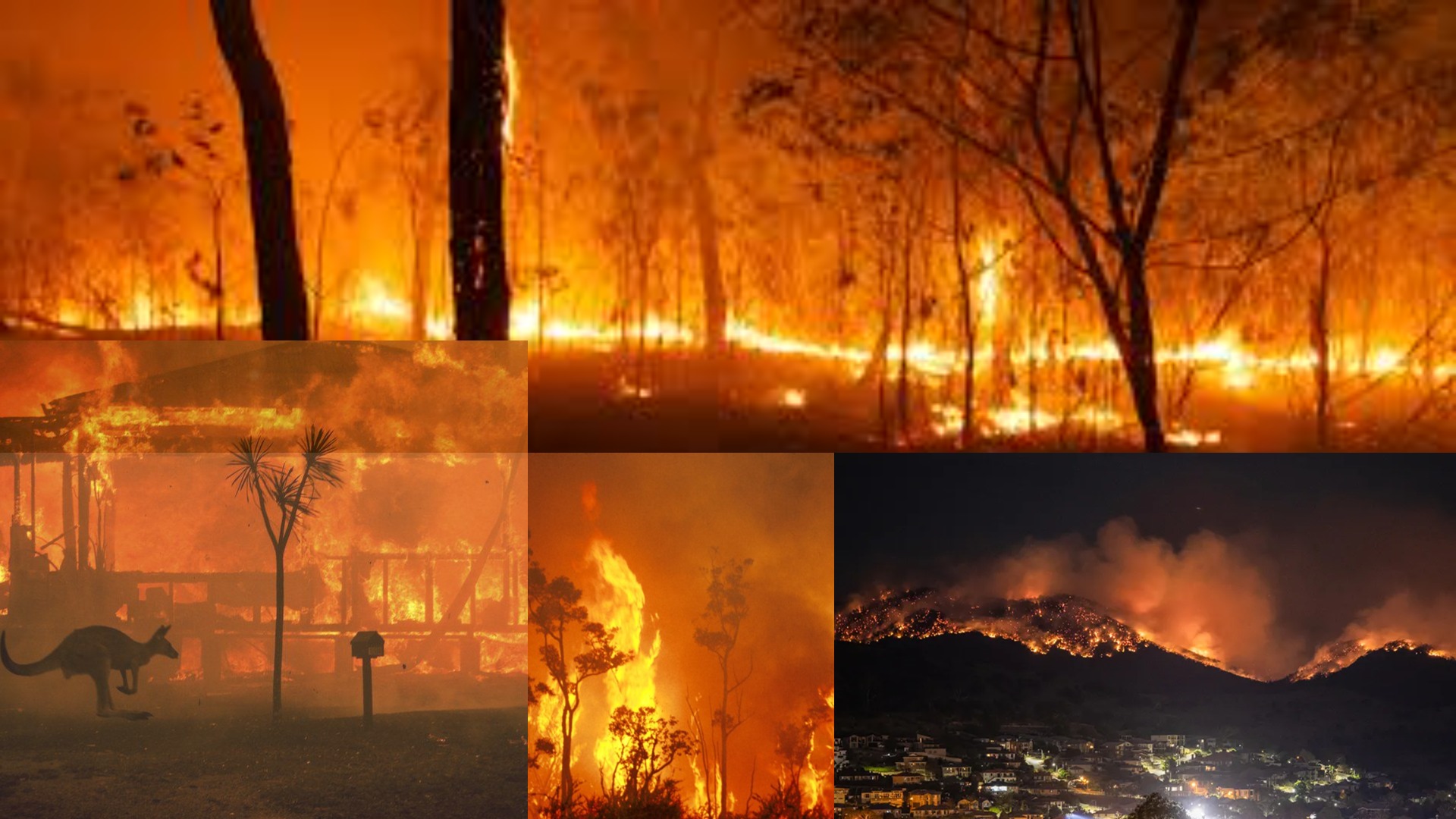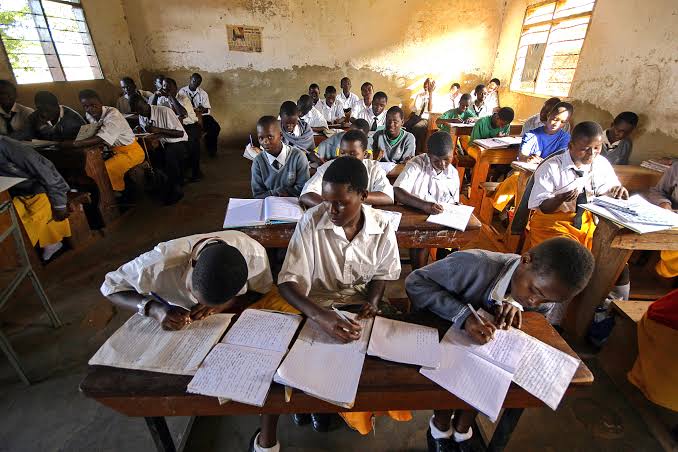
Australia has long been vulnerable to bushfires, but recent years have seen increasingly devastating wildfires, exacerbated by climate change, land management practices, and extended drought periods. The 2019–2020 Australian bushfire season, known as “Black Summer,” marked one of the most catastrophic fire seasons in history, with fires sweeping across millions of hectares, destroying homes, wildlife, and ecosystems, and severely affecting air quality across the continent. The aftermath of these fires has prompted serious conversations about environmental recovery, land management, and climate resilience.
Environmental Impact
- Biodiversity Loss One of the most immediate and severe consequences of bushfires is the destruction of flora and fauna. The “Black Summer” fires burned more than 19 million hectares, with over 3 billion animals estimated to have been killed or displaced. Iconic species like koalas, kangaroos, and numerous birds faced habitat destruction. The fires also threatened endangered species, pushing some closer to extinction. Ecosystems that had taken centuries to establish were reduced to ashes, and the regenerative process for many native species can be slow, especially for those that rely on specific climatic conditions or landscapes.
- Air and Water Quality Degradation The fires released vast amounts of carbon dioxide and particulate matter into the atmosphere, severely degrading air quality not just in Australia but also in neighboring regions. Smoke from the fires traveled as far as South America, affecting air quality globally. In addition, the destruction of forests, which act as carbon sinks, has contributed to a rise in greenhouse gas emissions, worsening the effects of global warming.
Water bodies were also impacted by ash and debris runoff, leading to water contamination. The silt and ash runoff from burnt lands can pollute rivers and streams, threatening aquatic life and disrupting drinking water supplies for human populations and livestock.
- Soil Erosion and Desertification The intense heat from bushfires can destroy the topsoil, making it prone to erosion. Without vegetation to hold the soil in place, heavy rains can lead to landslides and flooding. The loss of soil fertility affects agriculture and hinders the natural regrowth of forests, which can lead to long-term changes in land use. The barren landscape also increases the risk of desertification in already arid regions of Australia, affecting local farming communities.
- Climate Change Feedback Loop Bushfires contribute to the climate change feedback loop. As forests burn, they release stored carbon into the atmosphere, which increases global temperatures and creates conditions conducive to even more intense fires. Australia’s bushfires serve as both a consequence and a contributor to climate change, making it a global environmental concern.
Recovery and Mitigation Strategies
In response to the growing threat posed by bushfires, Australia has been developing various recovery strategies aimed at both short-term relief and long-term environmental resilience.
- Ecological Restoration Efforts Ecological recovery post-bushfires involves a multi-faceted approach. Restoration projects focus on replanting native species, particularly those with fire-resistant properties. In addition to human-led restoration projects, natural regeneration plays a crucial role in ecosystems that have evolved to withstand periodic fires. However, for species that were already vulnerable, more intensive efforts are required, including the establishment of protected areas and breeding programs to boost population recovery.
- Bushfire-Resilient Infrastructure To mitigate the future risk of fires to communities, Australia has been investing in fire-resilient infrastructure. This includes designing buildings with fire-resistant materials, creating buffer zones around urban areas, and improving fire detection and response systems. Many rural and indigenous communities have been involved in designing and implementing these strategies, combining traditional knowledge with modern technologies.
- Improved Land Management Practices Land management strategies are essential for reducing the frequency and intensity of bushfires. Controlled burns, also known as “hazard reduction burns,” are being employed more widely to clear undergrowth and reduce fuel loads. Indigenous land management practices, which have long included traditional firestick farming, are gaining recognition as effective tools for managing fire risk and maintaining ecological balance.
- Firefighting and Emergency Response Upgrades Australia’s response to bushfires has evolved significantly, with investments in aerial firefighting capabilities, better-equipped ground teams, and improved coordination between state and national agencies. Technology is playing a key role, with the use of satellite imaging, drones, and AI-based fire prediction models helping to detect and track fires more effectively.
- Climate Change Mitigation and Policy Reform At the policy level, Australia is grappling with how to balance its economy, which is heavily reliant on coal and fossil fuels, with the need to address climate change. The fires have spurred greater public demand for climate action, leading to calls for more stringent carbon emission targets and a transition to renewable energy sources. The country’s climate policies and disaster management frameworks are expected to evolve as part of a broader strategy to reduce the long-term risk of severe bushfires.
- Community Involvement and Education Building resilience to future bushfires requires community engagement and education. Programs aimed at raising awareness about fire risks, evacuation procedures, and home preparation are critical. Local councils and fire services are working closely with communities to implement bushfire survival plans and educate people on the importance of maintaining firebreaks and safe zones around their homes.
Future Challenges and Outlook
The future of bushfire management in Australia remains a complex issue. With the continuing threat of climate change, fire seasons are expected to become longer and more intense. Balancing economic growth, environmental conservation, and community safety will require ongoing innovation and collaboration between governments, scientists, indigenous groups, and local communities. Australia’s experience offers valuable lessons for other countries facing similar risks of wildfires due to climate change.
In conclusion, while Australia’s bushfires have left behind a path of destruction, they have also underscored the importance of proactive environmental management and disaster preparedness. The strategies being implemented today will be key to ensuring that future generations inherit a country better equipped to withstand the challenges of a warming world. Through innovation, community engagement, and international collaboration, Australia is gradually finding ways to mitigate the risks and recover from one of the most daunting environmental challenges it faces.

 A.B.M. Abir
A.B.M. Abir 























